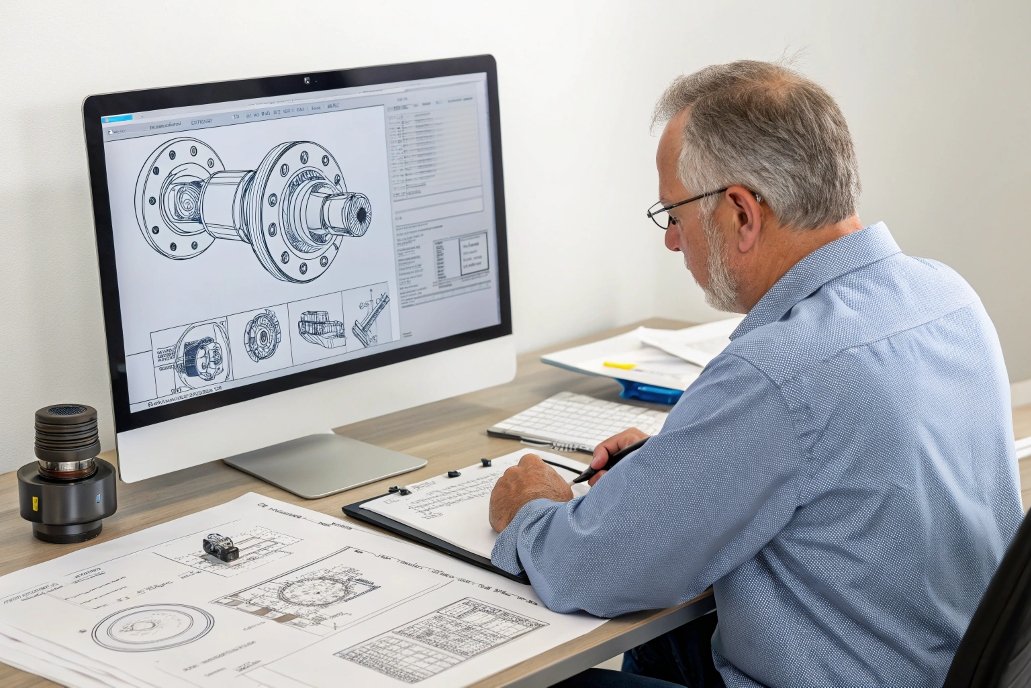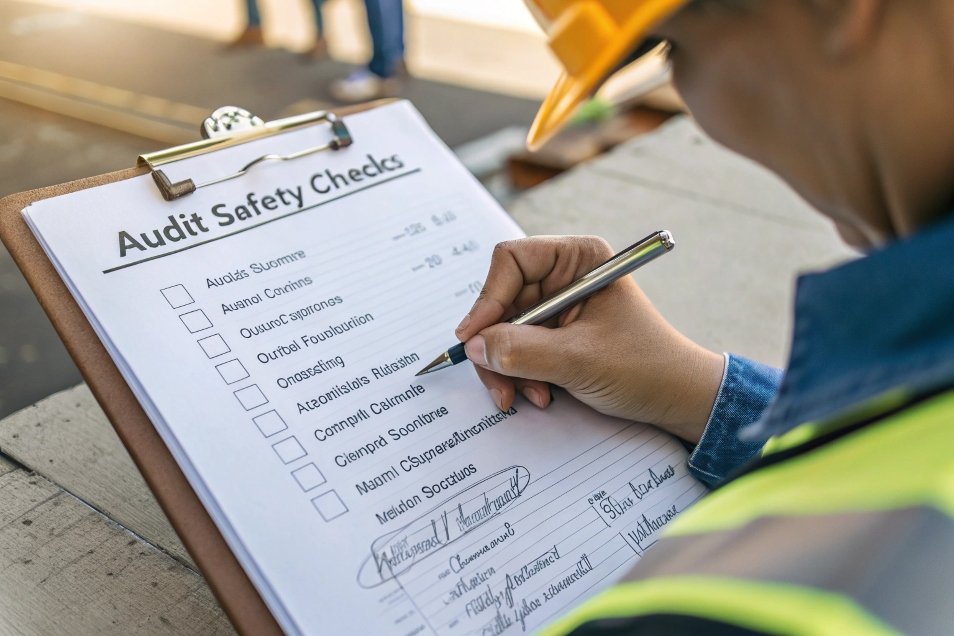
Ensuring the safety of customized parts is one of the most critical aspects of manufacturing. I’ve learned that when parts fail to meet safety standards, it can lead to costly recalls, legal consequences, and damage to a company’s reputation. From my experience, safety is something that shouldn’t be overlooked at any stage of the design or manufacturing process.
Ensuring the safety of custom parts goes beyond meeting regulatory requirements—it’s about designing, testing, and auditing the parts to prevent potential hazards.
This article will explain why safety is crucial in the production of custom parts, how you can ensure they meet safety standards, and why safety audits1 should be an integral part of your process.
What Are the Key Safety Considerations When Manufacturing Custom Parts?

Safety considerations are fundamental to ensuring that custom parts function safely and reliably. A key aspect of this is understanding the risks that could arise from the materials, processes, or designs used to manufacture the parts.
Key Safety Considerations in Custom Parts Manufacturing
| Safety Factor | Description |
|---|---|
| Material Selection | Ensure the materials used are non-toxic, durable, and appropriate for the intended application. |
| Design for Safety | Incorporate features like rounded edges, safety locks, and stress relief areas to avoid failures or injuries. |
| Workplace Safety | Ensure that the manufacturing environment adheres to safety standards2 for machinery, handling, and personnel. |
| Thermal Stability | Parts must be designed to withstand the intended temperature ranges, preventing failures due to overheating or freezing. |
| Mechanical Integrity | Parts must be able to handle stress and load without failing or deforming. This ensures long-term reliability and safety. |
Why This Matters
I’ve found that overlooking safety factors in the design or material selection3 can lead to serious consequences, both for the manufacturer and the end user. For instance, using materials that can degrade under certain conditions can lead to failure, causing potential harm to the user or damaging other parts. Ensuring proper design, material selection, and workplace safety reduces the risk of defects and accidents, and it also complies with regulatory standards.
How Can You Ensure Custom Parts Meet Safety Standards and Regulations?

Meeting safety standards and regulations is not just a legal requirement—it’s a fundamental step in protecting both the end users and your company. Custom parts must be designed, manufactured, and tested to comply with various safety regulations, which vary by region and industry.
Steps to Ensure Compliance with Safety Standards
| Step | Action |
|---|---|
| Identify Relevant Standards | Research the safety standards that apply to your parts, such as ISO, ASTM, or specific industry regulations. |
| Work with Certified Suppliers | Ensure that your suppliers are certified and capable of meeting safety standards during production. |
| Safety Testing | Perform rigorous testing on your parts to ensure they meet all safety regulations (e.g., stress testing, electrical safety checks). |
| Documentation | Keep clear records of testing results and compliance with safety standards to avoid future liability. |
| Third-Party Audits | Consider third-party inspections to ensure unbiased adherence to safety standards. |
Why This Matters
When I source custom parts, one of my top priorities is ensuring they meet all safety standards. Not only does this mitigate risk, but it also helps avoid costly mistakes. If parts don’t meet required standards, you could face fines, legal issues, or product recalls. Having the right certifications, documentation, and testing in place is essential to prove compliance. Additionally, third-party audits offer an additional layer of assurance that the parts are manufactured safely and in line with industry expectations.
Why Should You Conduct Safety Audits to Assess Potential Hazards in Custom Parts?

Conducting safety audits is crucial to identifying potential hazards early on in the manufacturing process. These audits help you pinpoint weaknesses or areas of concern that could compromise the safety of your custom parts.
Benefits of Safety Audits
| Audit Aspect | Benefit |
|---|---|
| Identify Weaknesses Early | Catch potential safety issues before they cause production delays or risks. |
| Verify Compliance | Ensure that all aspects of production meet the necessary safety regulations and standards. |
| Improve Product Reliability | Ensure that all safety features are properly integrated into the parts, increasing their overall reliability. |
| Mitigate Legal Risks | Prevent legal issues by ensuring the parts comply with safety laws and standards. |
| Ensure Consistency | Regular audits help maintain consistent safety across all batches of parts produced. |
Why This Matters
I’ve found that conducting regular safety audits significantly reduces the risk of manufacturing defects that could compromise safety. Whether it’s a material failure, a design oversight, or a process error, safety audits allow us to catch issues before they escalate into major problems. Additionally, audits provide peace of mind knowing that all safety regulations are being adhered to and that the parts are ready for market without risk.
Conclusion
Ensuring the safety of your customized parts requires a multi-faceted approach: proper material selection, adherence to safety standards, and rigorous testing. By collaborating with engineers during the design phase, working closely with certified suppliers, and conducting regular safety audits, you can mitigate risks and ensure that your parts meet both safety requirements and industry standards. Safety isn’t just about compliance; it’s about protecting your customers, your reputation, and your bottom line.
Safety audits are essential for identifying risks and ensuring compliance; exploring this topic can enhance your safety protocols. ↩
Understanding best practices for safety standards can help you avoid costly mistakes and ensure compliance in your manufacturing process. ↩
Choosing the right materials is crucial for safety; this resource will guide you in making informed decisions for your projects. ↩

